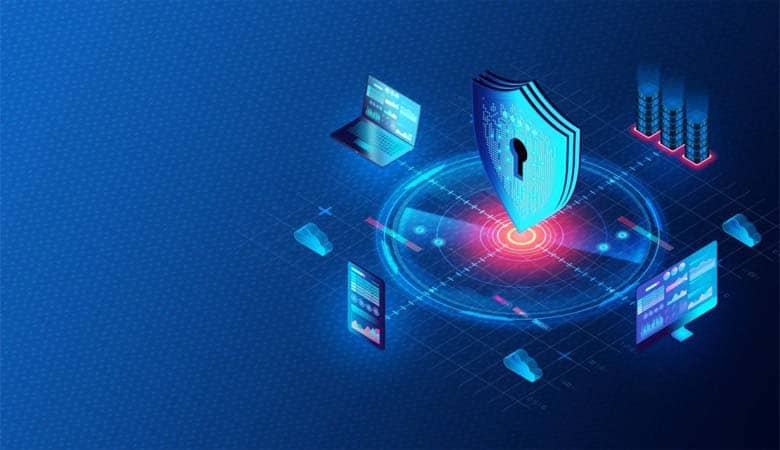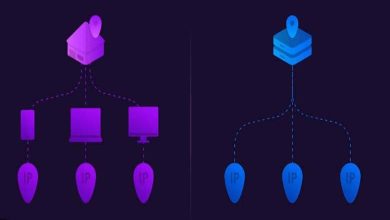The Importance of Endpoint Detection and Response in Network Operations

Endpoint detection and response (EDR) is a cybersecurity system that monitors all the activities on an endpoint device. It detects vulnerabilities and attacks in real-time, alerts stakeholders, and offers manual and automated response options.
Many managed service providers are concerned about cyber criminals using remote workers’ devices as stepping stones to infiltrate the business network. EDR protects MSPs against fileless attacks, phishing, zero-day threats, and more.
Real-time Alerts
Endpoint detection and response (EDR) tools can be a critical component of your cyber defenses. These cybersecurity tools enable your team to find and respond to threats faster, which helps reduce the damage they cause. EDR solutions rely on telemetry from endpoints to provide a complete picture of an attack across the IT environment. This information can then be analyzed and alerted to the security team of any suspicious activity. EDR solutions can also help detect undetected attacks by antivirus and other legacy tools, such as zero-day and fileless malware attacks. This can be especially important for remote workers as the trend of working from home rises. When detecting cyberattacks, you can’t afford to waste time. This is why your EDR solution should provide real-time alerts so that your security analyst team can quickly identify and respond to any threats as they occur. Your solution should also be able to triage the signs so that you don’t receive too many false positives, which can distract your team and lead to a lack of action on legitimate threats. To make the most of your EDR solution, you’ll want to pair it with a Security Information and Event Management (SIEM) system. This will allow you to monitor all the data your solution generates and combine it with other intelligence to find the best way to respond to any threats your team discovers.
Historical Data
Having the right historical data can help you predict future network performance. However, your data is only as useful as it is accurate and accessible. That’s why networks operations must focus on creating a strong security infrastructure that allows them always to collect and analyze data. One way to accomplish this is by deploying an endpoint detection and response (EDR) system. An EDR solution continuously monitors a network and its endpoints and collects and records that data into a central database. Doing so lets you quickly identify and act on threats when they occur. Some EDR solutions also incorporate machine learning and artificial intelligence to make the process even more automated. They can learn your organization’s baseline behavior and then use this information to interpret the activity of suspicious files or devices. An EDR system can prevent loss by catching attacks early on before they cause significant damage or breach your data.
Additionally, EDR systems with forensic capability can provide valuable insight into adversaries’ tactics. By combining an EDR solution with a SIEM platform, you can uncover the full picture of threats by correlating threat data from both platforms.
Automated Responses
The best security systems will detect possible threats and easily respond to them. An effective EDR solution will be able to monitor endpoints and servers for suspicious activity while continuously searching for anything that may threaten your organization. It will inform your team of potential hazards and automatically neutralize them in real-time if necessary. This is a valuable tool for any organization, especially as more and more people are using remote work. It can be challenging to protect these workers and the rest of your network from cyber threats when you cannot physically monitor every machine at all times. An effective EDR system can provide your team with constant monitoring of endpoints and servers to detect suspicious activities, allowing them to quickly identify and respond to threats before they can cause damage or impact the company’s digital assets.
It is not a matter of whether advanced threats will strike your organization but when and how. A good EDR solution and tools like SIEM and security automation will help you prevent these attacks by identifying them as early as possible. This will avoid critical loss and even data breaches, as threats can be stopped before they can upload or steal your information.
Threat Hunting
As the threat landscape grows, protecting your organization against cyberattacks is important. While network-based defenses are effective at blocking a large number of threats, many attacks manage to slip through the cracks. These attacks can make expensive machines unusable or confidential data breached. Because of this, you need a solution that can help you detect and quickly respond to these attacks. That’s where endpoint detection and response (EDR) comes in. EDR solutions use continuous monitoring to collect telemetry and analyze security-related data from your network endpoints. By combining this information with advanced analytics, these tools can find suspicious patterns and activity that could indicate the presence of an attack. Threat hunting involves a team of cybersecurity professionals who search for signs of an attack in your organization’s network. This process requires deep expertise and advanced technology, but it’s an effective way to prevent a cyberattack from going undetected. While many skills are needed for a successful hunter, some core competencies are vital. For example, threat hunters need coding skills to identify possible malware infections and create scripts to automate their work. They also need technical writing and reporting skills to prepare various reports about their findings. Finally, they need a solid understanding of how a typical cyberattack works to anticipate what an attacker might do and look for the telltale signs.




